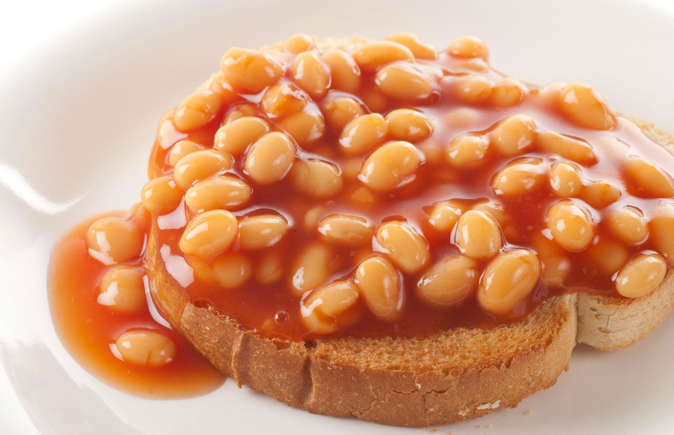Tasty foods with health benefits
We frequently receive warnings about the risks associated with eating highly processed foods like chocolate, salty snacks, and white bread. Even though consuming these foods in excess has been connected to obesity and heart disease, it’s acceptable to consume occasional treats in a diet that is generally balanced. Indeed, there are certain health advantages to several of our favorite foods.
No good or bad foods, only good and bad diets
“Although it’s a common saying, it remains true,” states certified dietician Priya Tew. “Clean eating, keto and other restrictive diets that demonize food groups can contribute to a skewed relationship with food or even actual eating disorders.” These 19 generally deemed unhealthy foods may nonetheless be beneficial to you. For nutritional data, we used official food composition tables.
Dark Chocolate
Chocolate with a higher cocoa content has less sugar and more polyphenol antioxidants, which have been demonstrated to lower blood pressure. Additionally, surprisingly high levels of dark chocolate also contribute to improved gut health. For instance, 50g (five big or ten tiny squares) of Green and Black’s 85% cocoa chocolate (sold at Walmart) provides 6g of fiber, or the equal to 1½ small bowls of bran flakes.
Craving milk chocolate
It is true that milk chocolate has more sugar and less antioxidants than dark chocolate. Not all bad, though: 50g of milk chocolate contains more fiber than a tiny apple and just as much calcium, which builds bones, as a 175ml glass of milk.
White bread
White bread, which has one gram of fiber per slice, is not as unhealthy as whole meal bread, which has 2.8 grams per slice. Actually, two white slices provide around 17% of the daily required calcium, which is comparable to a few hearty tablespoons of Greek yogurt. This is so because white flour is required by law to be fortified with certain vitamins and minerals.
Bread and your blood sugar
White bread is known to raise insulin and blood sugar levels quickly, which raises the risk of Type 2 diabetes. Though the relationship between whole grain bread and blood sugar elevation is not entirely clear-cut, it is generally believed. According to a study, whole-grain sourdough gave some people a greater sugar rush than regular white bread. Your gut flora may have an impact on how your blood glucose levels respond.
Red Wine
In addition to having polyphenols associated with a more diverse and healthful population of gut flora, a 175ml glass of red wine, or around two alcohol units, has 1.6 milligrams of iron, or slightly more than 10% of the daily recommended consumption of this vitamin that protects against anemia.
Cheerios
In every small bowl of Cheerios, at least 15% of the daily recommended consumption of nine vitamins and minerals is added for fortification. When you add 150ml of milk, you’ve reached more than 40% of the recommended daily intake of calcium. In addition, a bowl provides over 10% of your recommended daily intake of fiber. The amount of added sugar per bowl is only 5g, or roughly one teaspoon.
Baked beans
You don’t have to feel bad if you decide to make baked beans on toast for supper because you’re too lazy to cook. One of your five a day is half a can of Heinz Beanz, which also has 10g of protein (more than a large cooked egg) and 7.7g of fiber, or almost 25% of the daily necessary 30g.
I am a dedicated student currently in my seventh semester, pursuing a degree in International Relations. Alongside my academic pursuits, I am actively engaged in the professional field as a content writer at the Rangeinn website.







